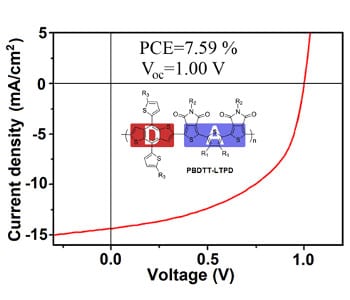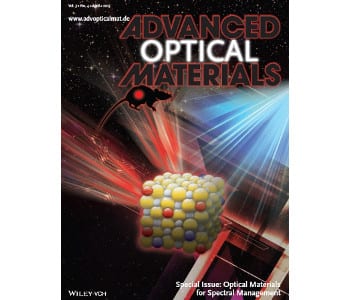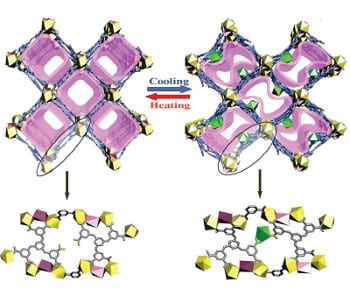Enhanced performance in polymer solar cells is achieved using a linked-acceptor type conjugated polymer.


Enhanced performance in polymer solar cells is achieved using a linked-acceptor type conjugated polymer.

Light-induced switching of single molecule electronic junctions has been successfully demonstrated by researchers in Germany.

A non-fullerene material is presented as a potential electron acceptor for use in bulk heterojunction organic photovoltaics.
A multiple core–shell 3D printing method has been developed to fabricate soft, stretchable, fibre-based, capacitive strain sensors. The sensors can be readily integrated into conventional clothing and used in gait monitoring.

Recently researchers discovered that some metals stop being metallic under pressure.

Check out the articles highlighted on the covers of the latest issue of Advanced Optical Materials.

The current issue of Advanced Optical Materials is dedicated to this ever growing field of research guest edited by Stefan Schweizer and Ralf Wehrspohn.

First round-the-world flight in a plane powered only by energy from the sun.

A team of researchers from Hefei, China use bee pollens in the synthesis of carbon dots with applications in bioimaging and catalysis.

A thermoresponsive MOF structure is demonstrated to capture/release europium ions for the detection of explosives at room temperature and below.